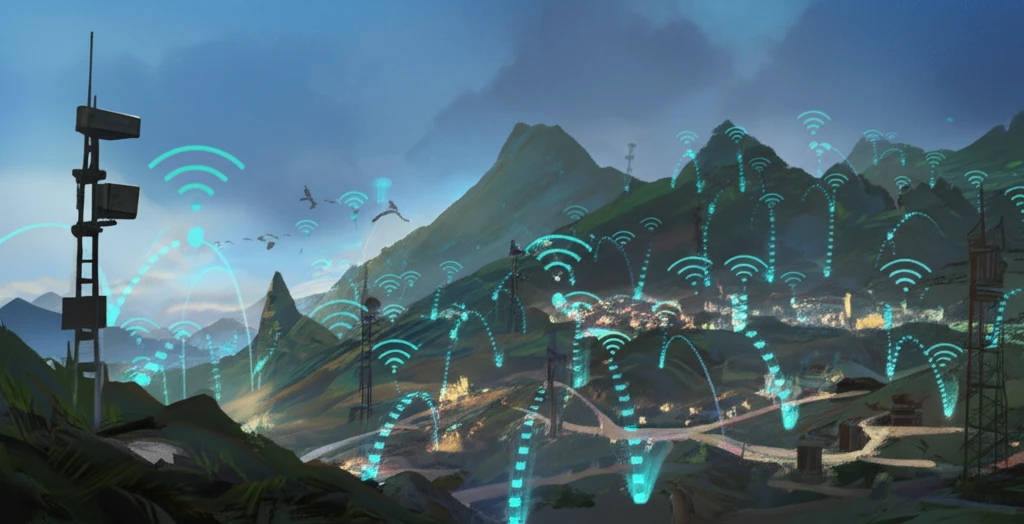
Landslide Alert: How Wireless Sensor Networks Can Save Lives
"Early warning systems powered by cutting-edge tech offer a lifeline for communities at risk."
Imagine living in a place where the ground beneath your feet could give way at any moment. Landslides are a terrifying reality for many communities around the world, causing billions in damages and countless lives lost each year. Traditional monitoring methods often fall short, struggling with accuracy, cost, and the ability to provide timely warnings. But what if there was a way to get ahead of these disasters, to know when the earth is about to move and give people time to escape?
That's the promise of wireless sensor networks (WSNs), a cutting-edge technology that's transforming the field of landslide monitoring. These networks use a series of tiny, low-power sensors to collect real-time data on everything from soil moisture and temperature to ground movement and vibration. This information is then transmitted wirelessly to a central monitoring station, where it can be analyzed to detect potential landslide triggers and issue early warnings.
This article will explore how WSNs work, what their benefits are, and how they're being used to protect communities around the world. You'll discover how this technology is overcoming the limitations of traditional methods, providing more accurate, timely, and cost-effective landslide monitoring. It is not just about technology, it is a tool that empowers communities, providing a sense of security and control in the face of a natural hazard.
How Wireless Sensor Networks are Changing the Game

Traditional landslide monitoring techniques often rely on visual inspections, GPS measurements, and other manual methods. These approaches can be time-consuming, expensive, and limited in their ability to provide real-time data. Close-range photogrammetry, for example, can be affected by weather conditions, while GPS monitoring can be too costly for large-scale implementation. Moreover, satellite signals can be easily blocked in wild and high-altitude environments.
- Real-time Data Acquisition: WSNs provide continuous, real-time data on a variety of environmental factors, allowing for early detection of potential landslide triggers.
- Remote Transmission and Query: Data can be transmitted wirelessly to a central monitoring station, where it can be accessed and analyzed remotely.
- Improved Accuracy: By collecting data from multiple sensors, WSNs can provide a more comprehensive and accurate picture of ground conditions than traditional methods.
- Cost-Effectiveness: WSNs can be more cost-effective than traditional methods, especially for large-scale monitoring projects.
- Flexibility: WSNs can be deployed in a variety of environments, including remote and difficult-to-access areas.
The Future of Landslide Monitoring
Wireless sensor networks are not a silver bullet for landslide monitoring, but they represent a significant step forward in our ability to protect communities at risk. As the technology continues to evolve, we can expect to see even more innovative applications of WSNs for landslide monitoring and other environmental hazards. By embracing these advancements, we can create a safer, more resilient world for everyone.
